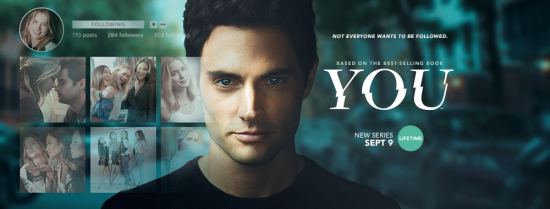The first episode of the final season of Broad City is told through a social media story shot on the characters’ phones. It was a [huge challenge](https://www.hollywoodreporter.com/live-feed/broad-city-final-season-premiere-inside-social-media-episode-1178853):
> The opening episode came with a unique script and was filmed entirely on the iPhone (using six iPhone Xs that were constantly swapped in and out) over a four-and-a-half day shoot that saw the crew canvassing Manhattan, much like Abbi and Ilana do in the final product. They filmed in September and then entered into an edit that wasn’t completed until early December.
> “It looked very different than our other scripts. There was more post work with lots of emojis and text where you could thread the story through other means besides just live-action footage, which was very different and freeing in a way,” said [writer-creator-star] Jacobson.
I suspect we’ll look back on the late 2010s as an inflection point when scripted comedy incorporated new comedy grammar, from jump cuts to close-ups to emojis. Explains director Nick Paley:
> “In the edit, I went into it asking, how do you make a joke land and how do you time it? Then I found adding the titles and visuals to be really liberating and a way to add jokes and story beats organically and move the story along. The expectation with social media stories is that time is jumping moment to moment, and that is a gift in terms of storytelling, because it lets you get to the most interesting part of a scene.”
The episode is terrific. It manages to maintain the conceit of being an Instagram-like story while still feeling like an episode of the show. The direction and editing are great, but the main reason the episode works is the writing. Ilana Glazer and Abbi Jacobson have a sharp eye for how modern life has become weirdly performative. We all want to be the stars of our own shows.
